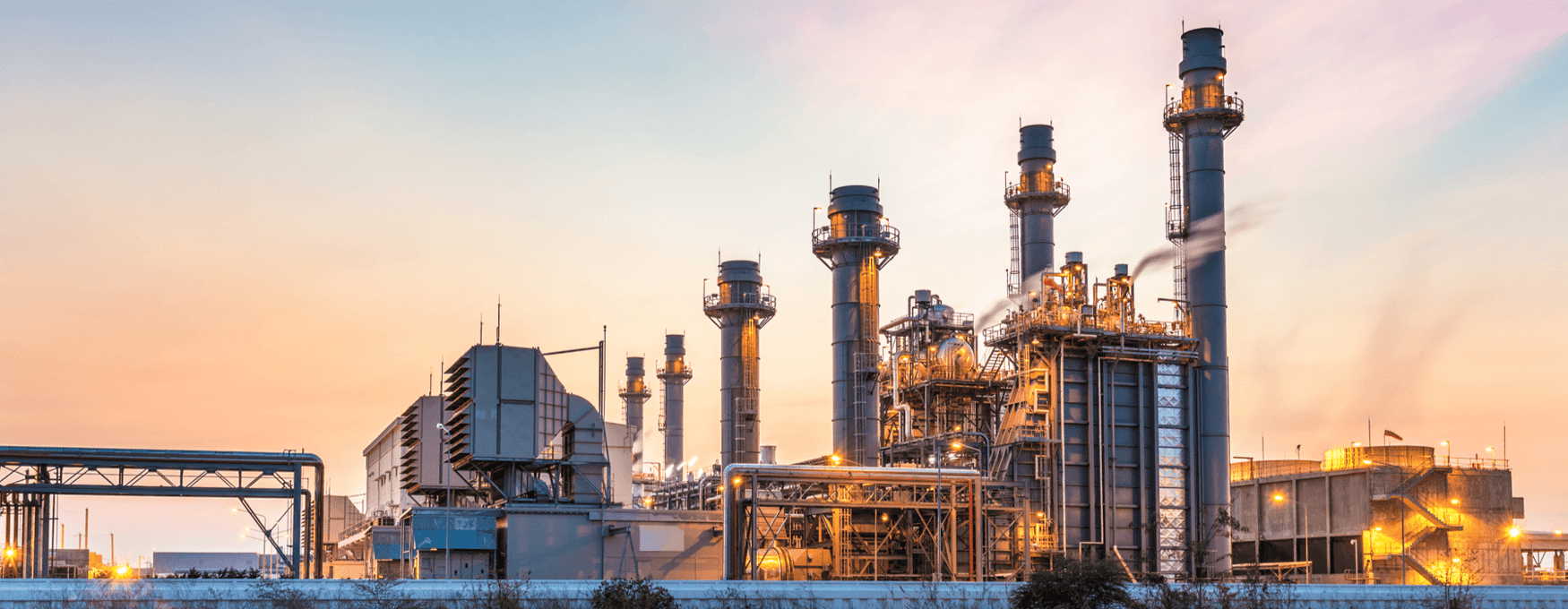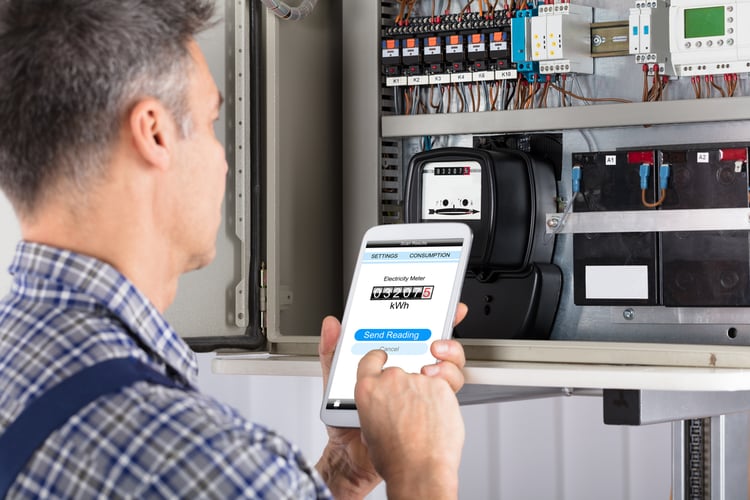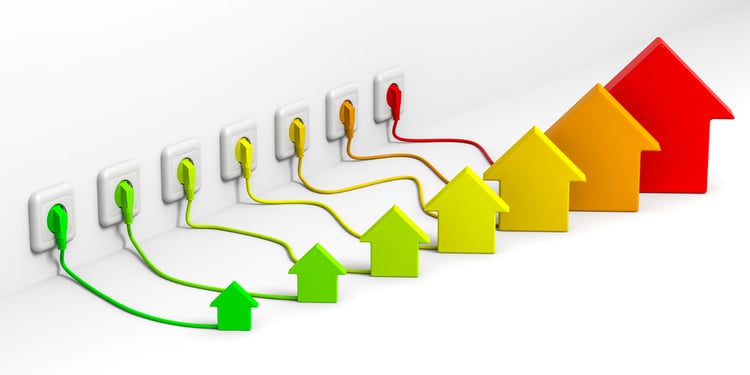Understanding Building Emissions Due to Electricity Consumption

Building emissions tend to get associated with the direct consumption of fossil fuels, which is mostly for space and water heating. However, electricity consumption also produces considerable emissions offsite, especially if the local grid relies on fossil fuels as the main energy source.
When buildings use fuels like natural gas or propane directly, the emissions per BTU of energy input are relatively constant. They may increase based on building size, and they decrease when using heating systems with a high efficiency. However, the emissions per unit of fuel consumed tend to stay the same. On the other hand, the emissions per kilowatt-hour can change significantly, based on the energy sources used for power generation.
Get an efficient electrical design for your building project and reduce emissions.
Depending on how electric power is produced locally, emissions can increase or decrease when a building switches from combustion heating to electric heating. For example, a heat pump running with solar power is environmentally friendly, but not a resistance heater using coal power!
How Are Emissions per Kilowatt-Hour Calculated?

Electricity grids use many types of power plants, and the emissions per kilowatt-hour vary depending on the generation technology and energy input. For example, natural gas produces less emissions than coal, and a combined-cycle gas plant produces less emissions than a simple-cycle plant. To estimate the emissions per kWh for an electricity grid, you must consider the individual impact of all energy sources.
- An electricity grid that only uses coal would produce around one kilogram of CO2 per kilowatt-hour, or one metric ton per megawatt-hour.
- On the other hand, a grid that runs only with natural gas would fall somewhere between 400 and 600 grams of CO2 per kWh.
In New York City, the emissions intensity specified in Local Law 97 is 0.000288962 tCO-e per kWh. This is equivalent to almost 289 g CO2e per kWh. The state of New York gets around 90% of its electricity from natural gas, nuclear power and hydroelectric turbines. Since nuclear power and hydroelectricity have minimal emissions compared with natural gas, the average value per kWh is reduced.
Reducing Emissions from Electricity Consumption

When buildings use fossil fuels directly, the only way to reduce emissions is by reducing consumption. However, when dealing with electricity, there are three possible approaches:
- Reducing the amount of kilowatt-hours consumed.
- Generating electricity onsite, using solar panels or other clean technologies.
- Increasing the percentage of clean energy sources at the grid level, which reduces the average emissions per kWh.
Building owners have no control over the energy mix used by the local grid, but they can lower their electricity consumption, or they can install their own generation systems. However, if local energy companies start to replace fossil fuels with clean sources, building emissions are reduced automatically. For example, if the NYC emissions factor was reduced from 289 to 200 g CO2-e per kWh, buildings would reduce their emissions from grid electricity by 30%.
When using natural gas for onsite generation, building emissions may increase or decrease depending on the power mix used by the grid. For example, a gas microturbine will reduce emissions if the local power grid depends on coal. However, this same measure will actually increase emissions if the grid uses a high percentage of renewable sources.
Conclusion
After energy consultants analyze a building, they normally recommend energy efficiency measures first, and then onsite generation. The logic is simple: if a building reduces its consumption with energy efficiency measures first, it requires less generation capacity to cover its energy needs later.
Building electrification can achieve a continuous reduction of emissions over time, even in cases where the initial benefit is small. If the grid starts using a higher percentage of renewable energy, the corresponding emissions from buildings will continue to decrease - with no additional changes.

Michael Tobias
Michael Tobias, the Founding Principal of NY Engineers, currently leads a team of 50+ MEP/FP engineers and has led over 1,000 projects in the US
Join 15,000+ Fellow Architects and Contractors
Get expert engineering tips straight to your inbox. Subscribe to the NY Engineers Blog below.



